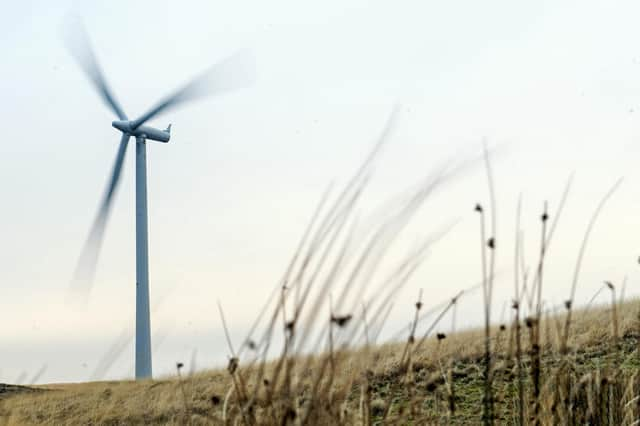New deal brings winds of change to nation - David Craig


Scotland is already an established producer of onshore wind power, with a generational potential of 9.38GW in the past 12 months equating to approximately 60 per cent of the UK’s onshore wind capacity. Yet the pledge to up output to 20GW by 2030 and establish Scotland as a net exporter of green energy is still highly significant for the industry.
It’s not without risk. Sceptics will recall the UK Government’s recent onshore wind planning amendment which has failed to attract any bidders. Here in Scotland, expanding onshore wind capacity is predicated on network development and storage being boosted. A move to limit the planning process for onshore wind farms across Scotland to one year should help, but increased transmission capacity beyond the nation’s borders must also be prioritised.
Advertisement
Hide AdAdvertisement
Hide AdA review of onshore wind projects at all stages of development shows that currently 78 per cent are in Scotland. Based on the average size of projects from the recent Contracts for Differences Allocation results, we’d expect to see about 150 projects coming through this side of 2030. Scotland is creating a blueprint for the rest of the UK by developing the new onshore wind deal, and, as a result, will be much more appealing to investors and financers as new projects take shape to meet the targets.


Ultimately, new investment opportunities will become more attractive and more prevalent, benefiting energy sector businesses seeking investment, and investors looking for new areas to make a return.
Developers are continuing to be resilient when it comes to progressing projects, and there is capacity to deploy projects both readily and competitively.
For the time being, Scotland offers institutional investors the clearest opportunity for onshore wind as a result of the Sector Deal.